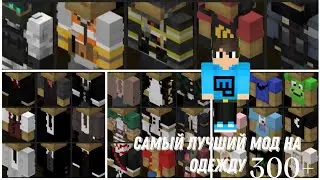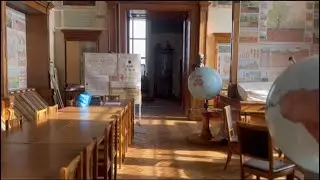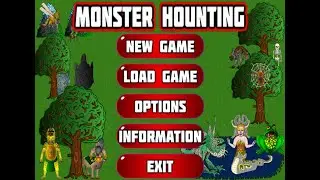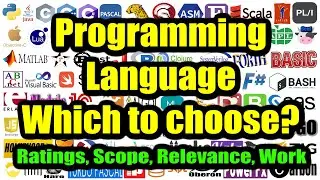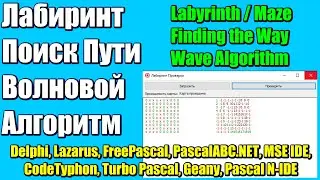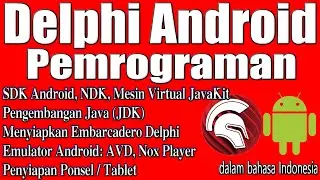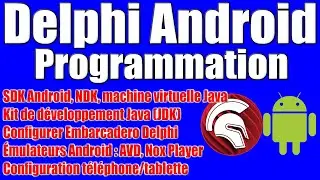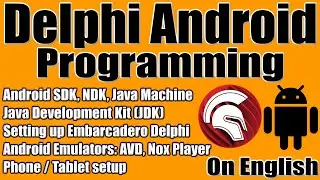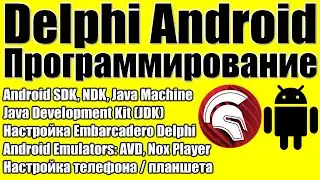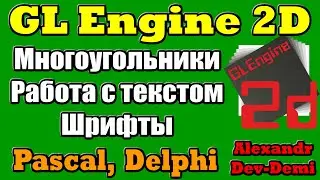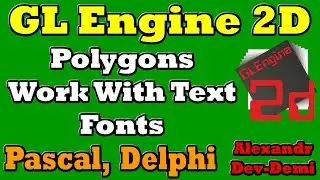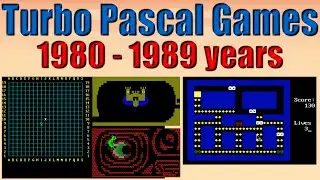GLScene / ReView / Free Open Source 3D game engine / Windows, Linux, MacOS / Pascal, C++ / 2021
Site: http://glscene.sourceforge.net
Google Group: https://plus.google.com/communities/1...
VK Group: http://vk.com/glscene
Youtube Channels:
/ @kirouszifirous
/ @k062
/ @glscene2023
Download:
https://sourceforge.net/projects/glsc...
https://sourceforge.net/p/glscene
https://github.com/GLScene/GLScene
Documentation:
https://caperaven.co.za/#code
Youtube: / @sokovito
Discord: / discord
Icq: 620163142
VK: https://vk.com/sokolovdelphi
Telegram: https://t.me/Sokovito
Facebook: / 664468363641045
Odnoklassniki: https://ok.ru/group/54720684752915
Поддержать канал (Donate):
http://www.donationalerts.ru/r/armag
GlScene. It is a game engine focused on creating 3D games. If desired, you can create 2D games on it. The development of this engine began in 1997. The original developer of this engine was Mike Lischke, then from 2000 to 2005 it was developed by Eric Grange, then the GLS Team is engaged in the development of the engine. The game engine is still being updated and developed. But the activity in social groups, forums and websites on it has significantly decreased.
This engine is licensed under the Mozilla Public License 2.0. That is, the use of this engine is absolutely free, even when creating commercial projects. The open source code of the engine is also available, which allows you to fix bugs and modify this engine to fit your needs.
GlScene is a large set of VCL components that allow you to quickly and easily create multimedia applications.
Working with graphics is based on working with the OpenGl multiplatform library. The following operating systems are currently supported: Windows, Linux and MacOs.
Initially, GLScene only supported the Delphi programming environment (starting with older versions from Borland). Now there is support for C ++ Builder, Kylix, Delphi, Free Pascal and Lazarus.
The following 3D models are supported and loaded: 3ds, obj, OBJF, vrml, smd, md2, md3, nmf, oct, lwo, b3d, gl2, gls, glsm, ms3d, Nurbs, lod, STL, TIN, PLY and some other.
Let's consider the main features of the scene:
hierarchical structure with many objects (the number depends on the RAM) and ease of expansion.
interactive scene management (numerous Delphi experts).
simple rotation and movement functions for each object.
predefined objects (all standard from cube to teapot and sprites), easily extensible.
structural objects (wireframe, proxy object) for managing composite objects.
procedural objects (heightfield, rotation of solids, pipes, tesselators ...).
support for 2D and 1D objects (sprites, lines with spline support) is fully integrated.
HUD objects (sprites rendered in 2D coordinates).
utility objects (grids, sky, arrows ...).
support for classes for direct access to OpenGL.
camera and light objects can be used anywhere in the scene object hierarchy.
behavioral objects can be attached to objects to animate them, expandable.
special effects on the object (before / after rendering the object and the scene), with the possibility of simple expansion.
support for particle systems, any objects or object structures can act as particles.
import of 3D Studio files with automatic calculation of normal vectors (using the given * smoothing groups of the file) and texture coordinates.
In terms of visualization, the following options are available:
automatic use of OpenGL hardware capabilities, if available.
use with camera model, focus, distance and target.
multiple viewpoints for one or more scenes, easy view change through camera selection.
support for fog and depth of view.
rendering to a file in the form of a raster image or to a printer in any color and resolution.
support for full-screen mode with dynamic resolution change.
reflection and mirror effects.
dynamic shadows.
high performance support for transparent particle system throughout the scene.
automatic frustrum culling (hierarchical or per-object).
GLScene supports work with physics through built-in engines: ODE, Newton Game Dynamics. There is also a small proprietary engine for calculating collisions taking into account the laws of conservation of momentum DCE.
Despite a number of advantages, this game engine also has disadvantages that you need to be aware of. GLScene does not support mobile, console, VR, AR and some computer platforms. Because of this, the use of this engine is rather limited. There are very few video lessons and text guides on working with the engine, and those that exist are outdated long ago. Demo projects from the developers of the engine are supplied with the game engine, and custom projects are available for download in a separate collection.
Watch video GLScene / ReView / Free Open Source 3D game engine / Windows, Linux, MacOS / Pascal, C++ / 2021 online, duration hours minute second in high quality that is uploaded to the channel Sokovito Games 22 October 2021. Share the link to the video on social media so that your subscribers and friends will also watch this video. This video clip has been viewed 1,548 times and liked it 35 visitors.






